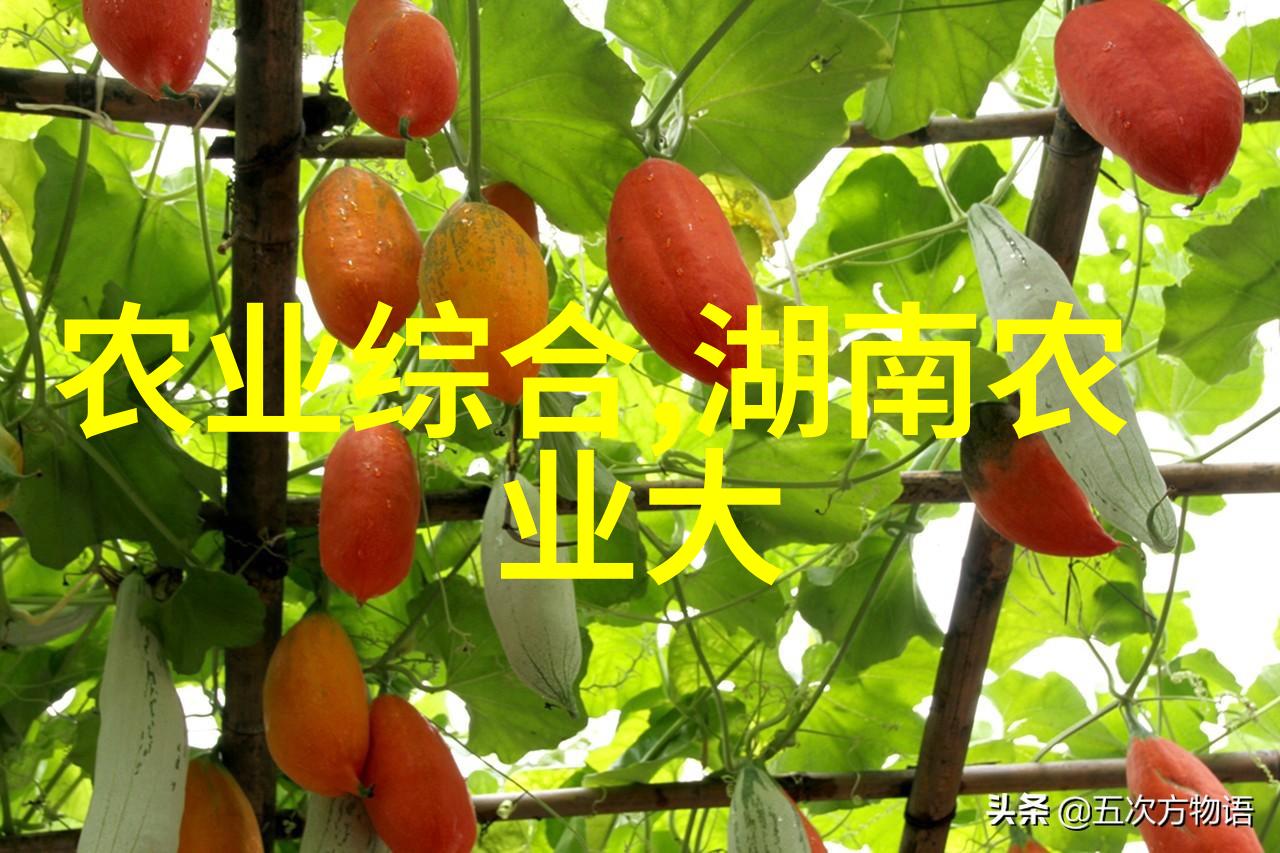龙虾养殖技术研究与实践:优化生长环境与增产策略

引言
在全球海洋食品市场中,龙虾因其鲜美的肉质和高营养价值而受到广泛欢迎。随着消费需求的增长,龙虾养殖业也日益蓬勃发展。然而,由于环境、疾病和管理等多种因素,提高龙虾生产效率和质量成为当前面临的一个重要挑战。本文旨在探讨龙虁养殖技术的最新进展,以及如何通过优化生长环境和制定合理增产策略来提升产业竞争力。

龙虾生物学基础

1.1 生物特性概述
龙虾(Litopenaeus vannamei)是一种常见的大型淡水及半淡水甲壳类动物,其生物学特性决定了其养殖条件。它们对温度、盐度、pH值等水质参数有较高要求,同时具有一定的社会行为,如群居性强,需要足够的空间活动。

1.2 生命周期分析

从孵化到成熟,一条龙虾通常需要大约60天左右。在这个过程中,它们会经历几个关键阶段:卵孵化、幼崽期(包括两次变态)、亚成体期以及成体期。在不同阶段,对外界环境的适应能力不同,因此在各个阶段进行科学管理至关重要。
养殖技术进展
2.1 疫病防控措施
疫病是影响龍蝦養殖業的一大威胁,其中最为突出的疫病之一是白点病。这场灾难不仅严重影响了龍蝦養殖業,还导致许多養魚場倒闭。本文将探讨目前用于预防白点病的一些有效方法,如使用免疫活性药剂或微量元素调节,以减少疾病发生风险。
2.2 环境控制与自动化系统
为了实现良好的生长环境,并提高劳动效率,现代龍蝦養殖业越来越依赖先进的自动化系统。这些系统可以监测并调整水温、氧气水平以及其他关键指标,从而确保環境稳定且适宜Dragon shrimp growth.
增产策略探究
3.1 营养配方创新与饲料管理技巧
改善饲料配方以满足Dragon shrimp nutritional needs is crucial for maximizing production efficiency and reducing the environmental impact of aquaculture operations through more efficient feed conversion ratios (FCRs). This can be achieved by incorporating alternative protein sources, such as fishmeal and soybean meal, into the diet or using specialized feed formulations that are tailored to specific life stages of the shrimp.
3.2 系列栽培模式应用研究
Series culture systems involve raising multiple batches of juvenile Dragon shrimp in a single tank or pond with regular harvesting cycles to minimize space requirements and optimize resource utilization while maintaining high water quality standards throughout the cultivation process.
4 结论与展望
Through optimizing environmental conditions and implementing effective disease prevention measures, innovative farming techniques can help improve productivity while ensuring sustainable practices in Dragon shrimp aquaculture industry development prospects remain promising as advances in technology continue to shape our understanding of these remarkable crustaceans' biology and husbandry requirements.
5 参考文献
标签: 农业综合新闻 、 湖南农业大学综合信息服务系统 、 湖南农业大学综合 、 农业综合 、 生态农业涉及农家肥料的综合利用



